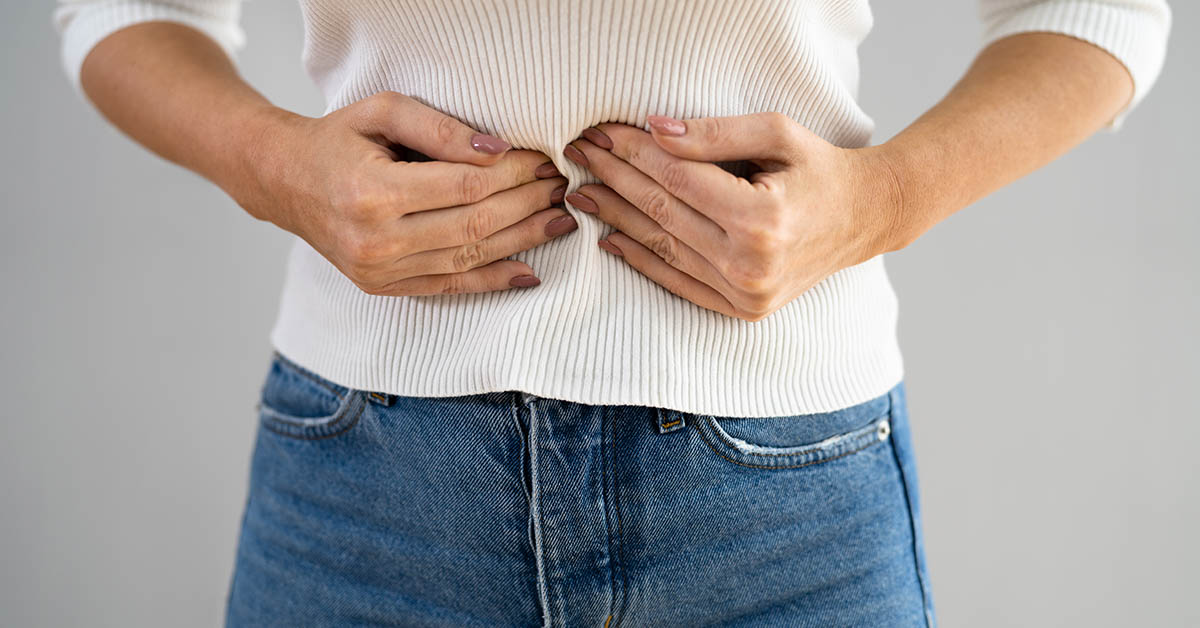Diverticulitis is a condition characterized by the inflammation or infection of diverticula. These are small, bulging pouches that can develop in the lining of the digestive system. These pouches are most commonly found in the large intestine, specifically the sigmoid colon. While many individuals with diverticula experience no symptoms, when these pouches become inflamed or infected, it can lead to a range of uncomfortable and sometimes severe symptoms. Understanding the symptoms and knowing the causes, treatment options, and potential remedies is crucial in effectively managing diverticulitis and improving overall digestive health.
7 Symptoms of Diverticulitis
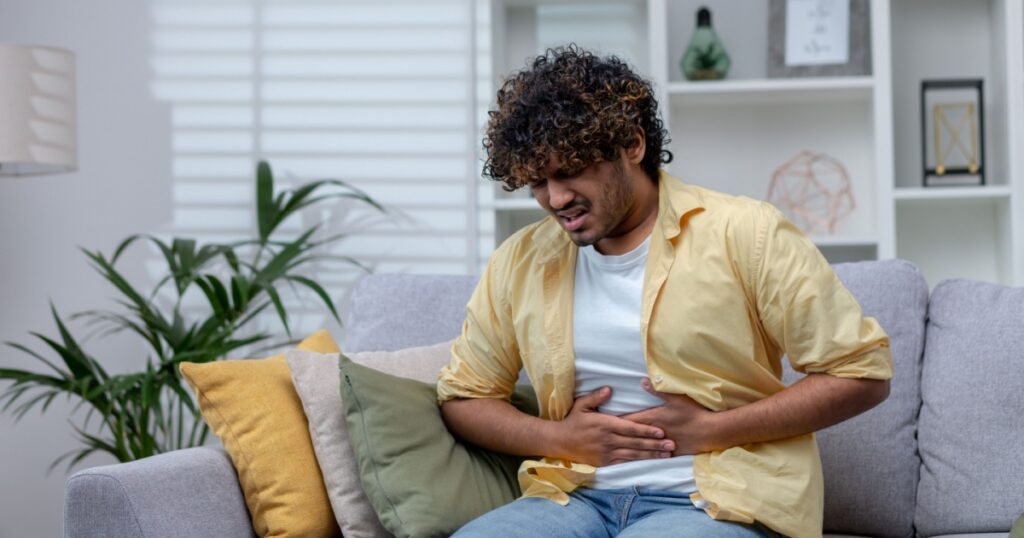
When diverticulosis are not inflamed, most people don’t really notice any symptoms. When they become infected, however, this becomes a different story. There are a series of symptoms that one might experience, all of which are uncomfortable at best, and very painful at worst. What’s worse, is that left untreated diverticulitis can lead to even more serious conditions that threaten your health and wellbeing. As with most conditions, the sooner you are examined and begin treatment, the better the outcomes will be. These are the seven most common symptoms of Diverticulitis – if you notice these, go speak with your doctor as soon as possible. (1)
Read More: 8 Symptoms of Colon Polyps and 4 Signs They May Be Cancerous
1. Abdominal Pain
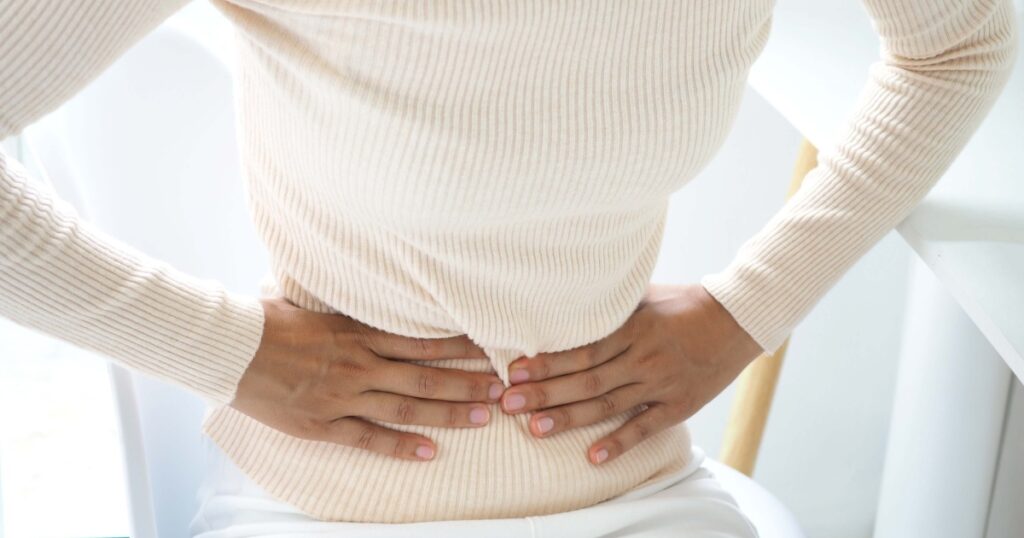
Pain in the lower left side of the abdomen is a hallmark symptom of diverticulitis. This discomfort can vary from mild to severe and may worsen with movement, coughing, or pressure on the affected area. The pain can persist for days and may be accompanied by tenderness to the touch.
2. Change in Bowel Habits
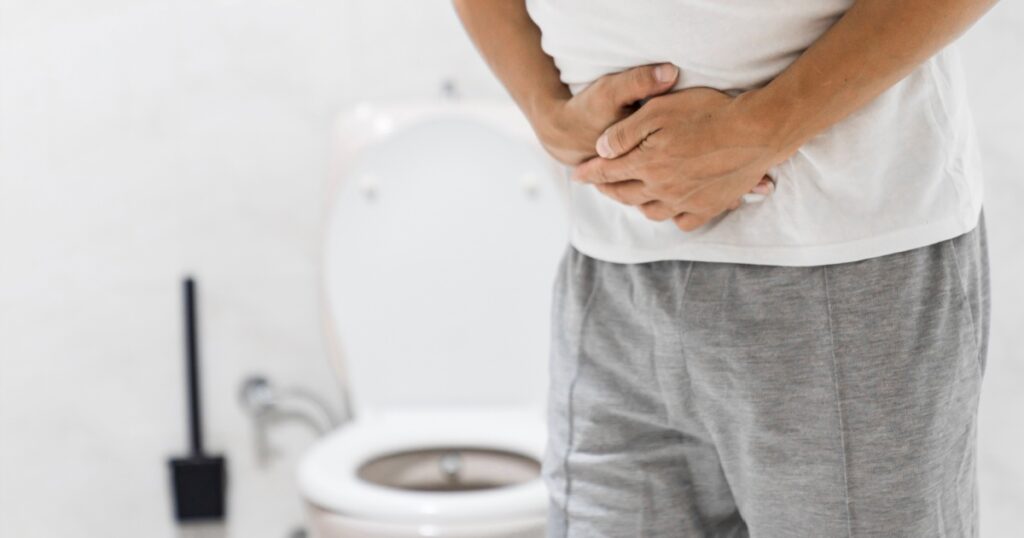
Individuals with diverticulitis may experience changes in bowel habits, including constipation, diarrhea, or ongoing alterations in stool consistency. These changes may be accompanied by a sense of urgency to pass stools, and some people may feel incomplete evacuation after a bowel movement.
3. Bloating and Gas
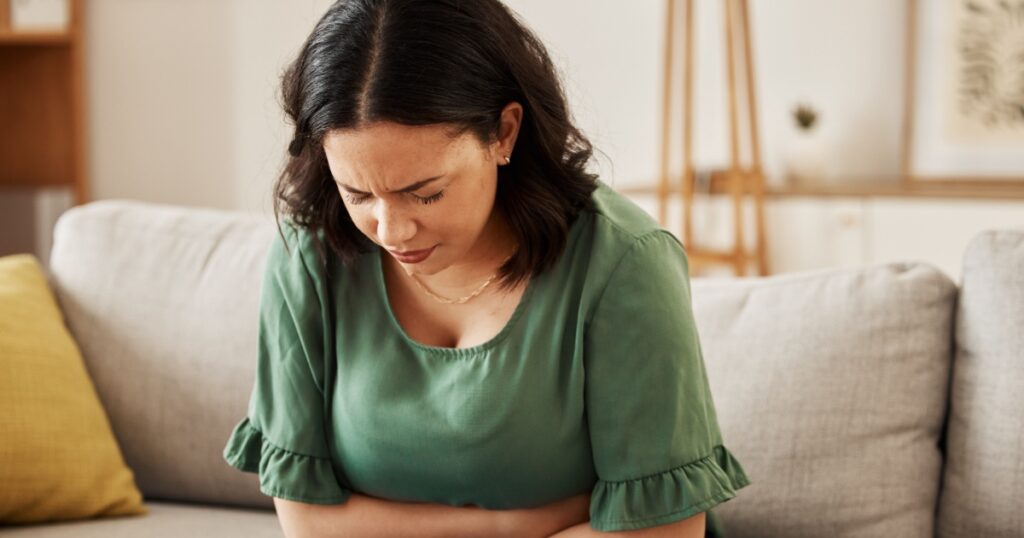
Bloating and increased gas production are common symptoms of diverticulitis. Individuals may experience a persistent feeling of fullness and discomfort, with bloating often worsening after meals.
4. Nausea and Vomiting
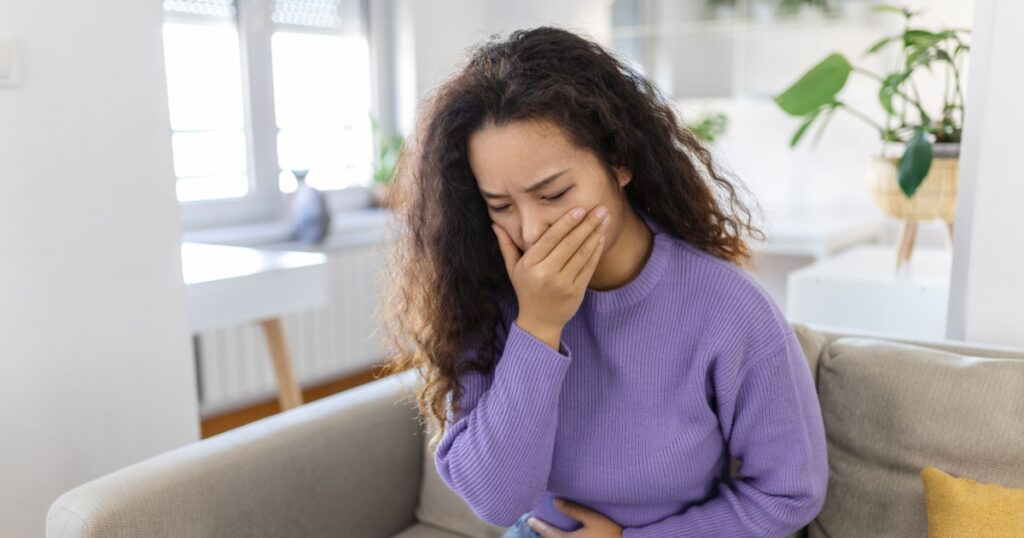
As the inflammation worsens, nausea and occasional vomiting may occur. This can lead to a loss of appetite and a general feeling of unwellness.
Read More: Nail Fungus: Symptoms, Treatment, and Home Remedies
5. Fever
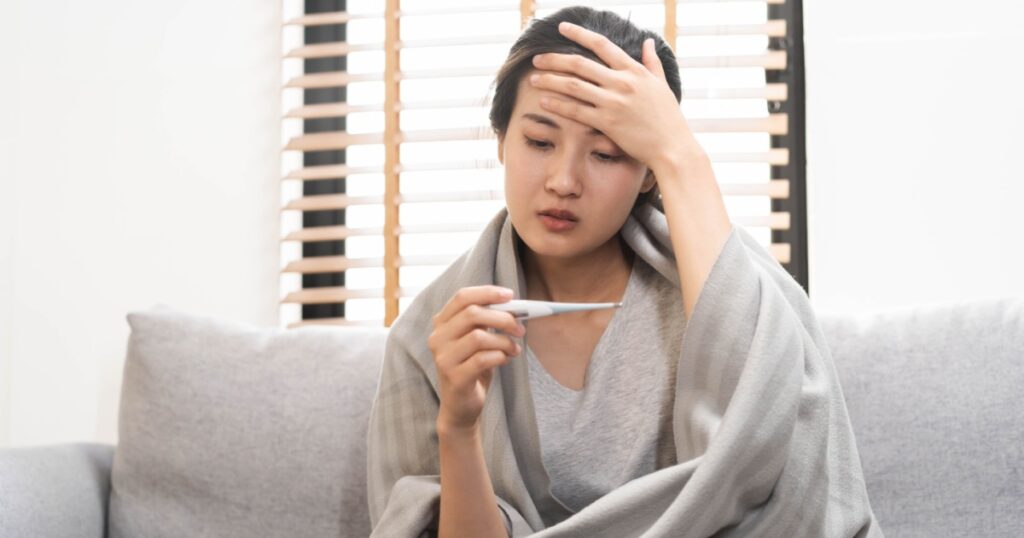
Inflammation and infection associated with diverticulitis can lead to a low-grade or high fever. This fever may be accompanied by chills as the body attempts to regulate its temperature in response to the infection.
6. Rectal Bleeding
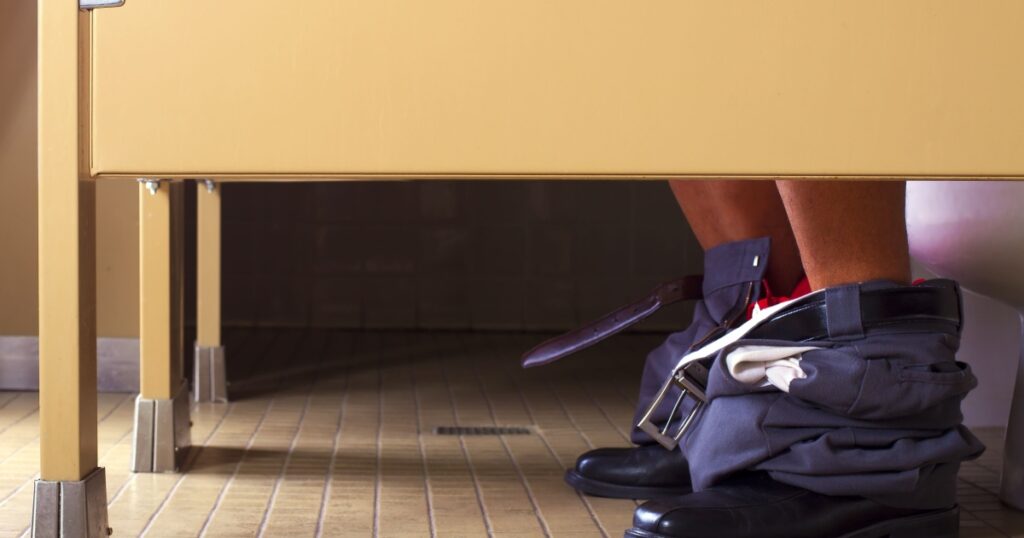
In more severe instances, individuals may notice bright red or maroon-colored blood in their stool, which can be alarming. Rectal bleeding may indicate a complication such as a perforation in the wall of the colon and requires immediate medical attention.
7. Pelvic Discomfort
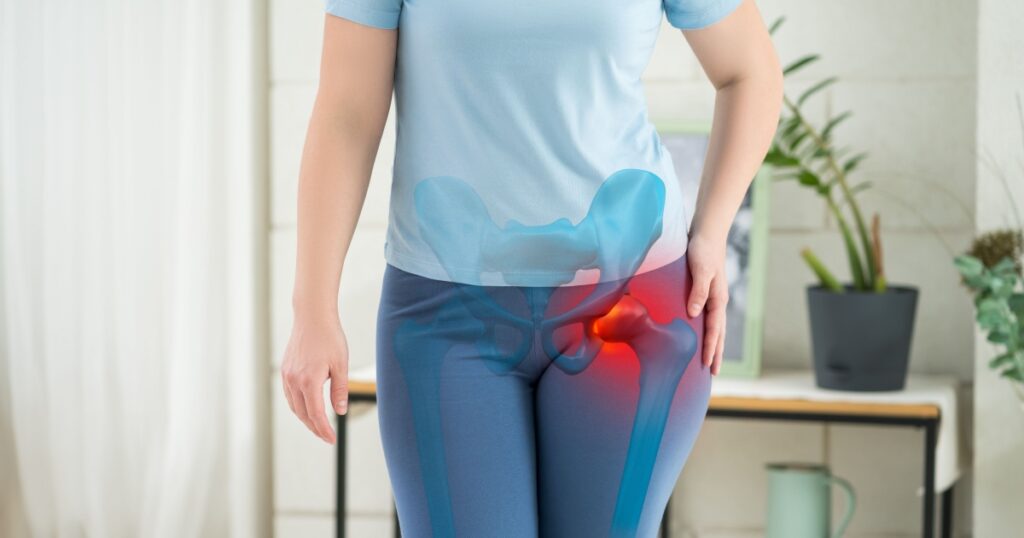
Some individuals with diverticulitis may experience pelvic pain or discomfort, often felt alongside abdominal pain. This symptom can be particularly distressing and can impact daily activities.
Causes of Diverticulitis
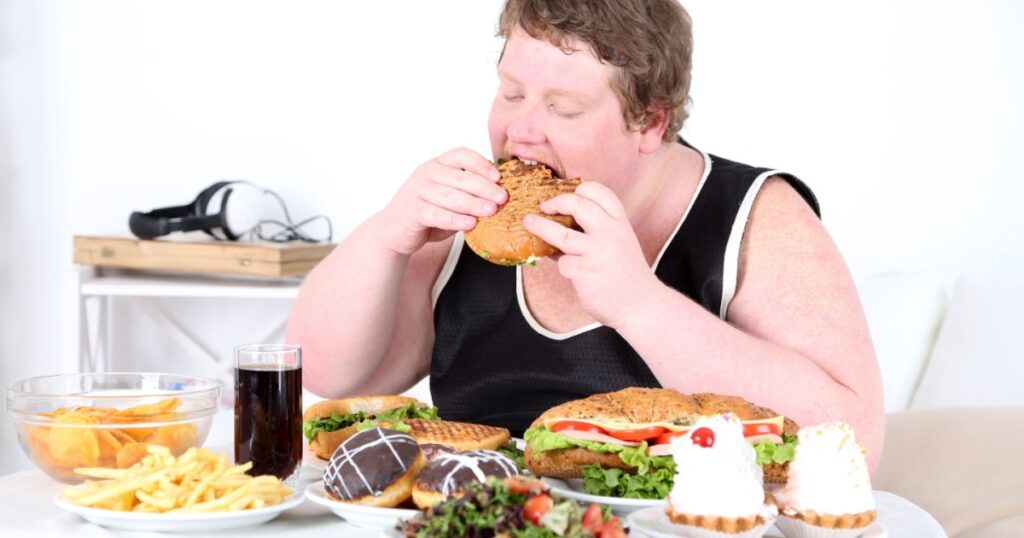
Several factors contribute to the development of diverticulitis, including a low-fiber diet, aging, obesity, lack of physical activity, and genetic predisposition. A low-fiber diet can lead to constipation, increasing pressure on the colon and contributing to the formation of diverticula. The weakening of the intestinal walls due to aging makes them more susceptible to the development of these pouches. Obesity and physical inactivity also increase the risk of diverticulitis. There is also evidence to suggest a genetic link, with a family history of the condition potentially elevating one’s susceptibility. (2)
Treatment Options
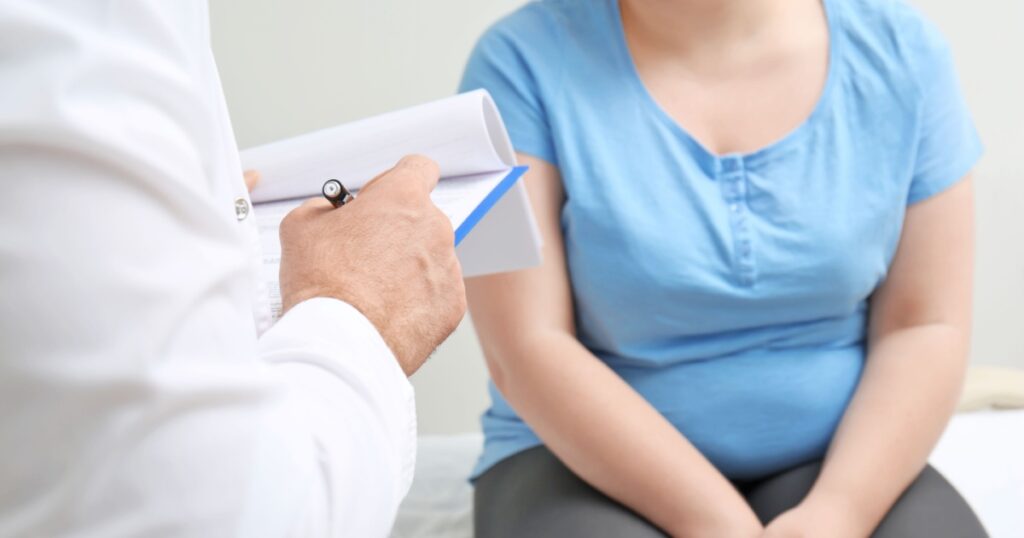
The treatment of diverticulitis often involves a combination of medication and lifestyle changes. Antibiotics are commonly prescribed to address the infection, while pain relievers may be recommended to manage discomfort. In some cases, particularly for recurrent or severe diverticulitis, surgical intervention such as a bowel resection may be necessary to remove affected portions of the colon. (3)
Read More: Lupus Symptoms: 13 Ways to Spot Lupus Disease Early
Potential Remedies You Can Use at Home
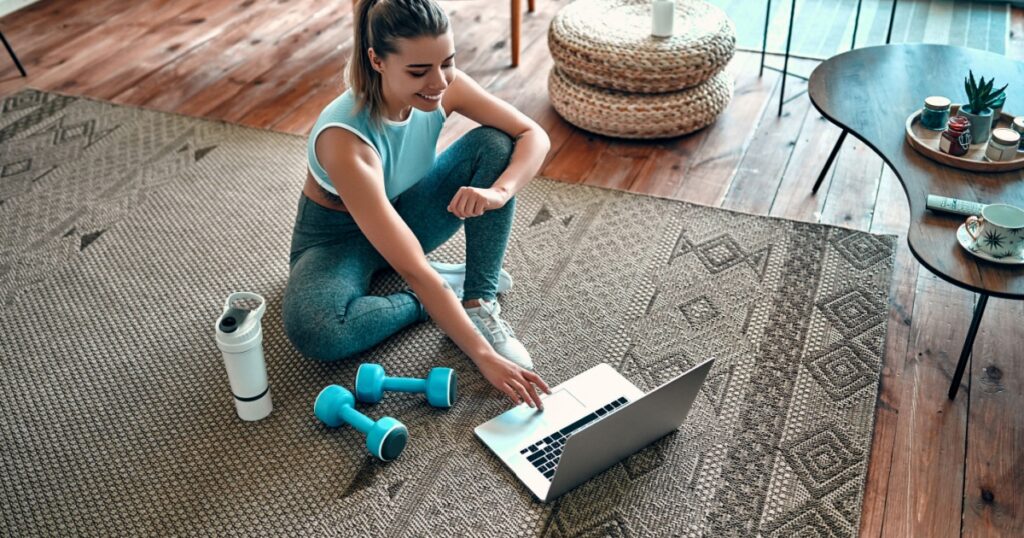
It is crucial to state here that we are in no way suggesting that if you think you have this condition you should attempt to treat it completely on your own at home. This is because without proper examination of a medical professional, you can’t be sure that diverticulitis is what is causing your symptoms. There could be a number of other causes, including colon cancer, that if not treated immediately could be life threatening. What’s more, treating on your own at home may just lead to a worsening of the condition, which will eventually require more invasive and life-changing interventions, such as surgeries. What we are suggesting here are things you can do at home in addition to medical treatment. Certain home remedies and lifestyle practices may help alleviate symptoms, supplement interventions prescribed to you by a medical professional, and support digestive health. (4)
6 Lifestyle Practices to Try at Home
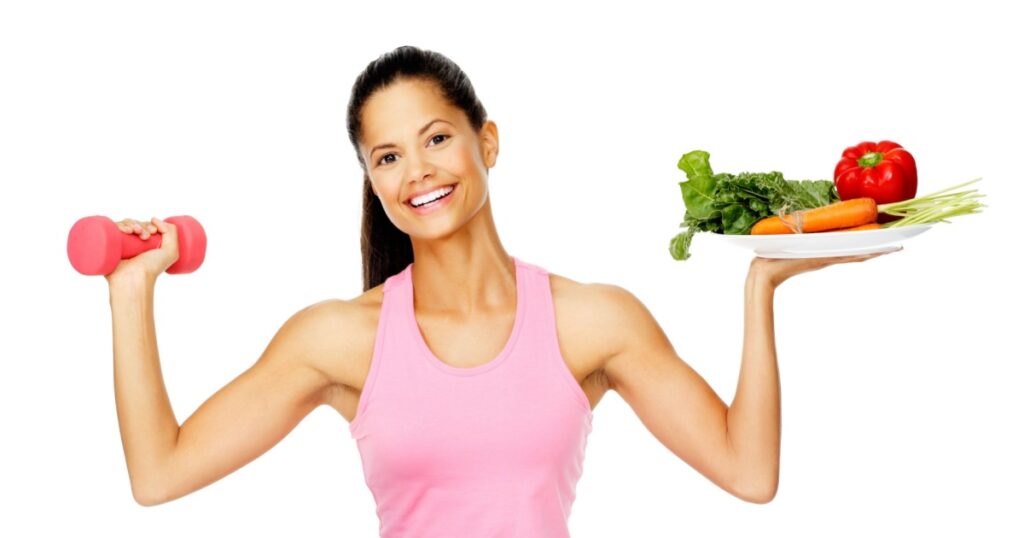
- High-Fiber Diet: Gradually introducing high-fiber foods such as fruits, vegetables, whole grains, and legumes can support regular bowel movements and reduce the risk of further diverticulitis episodes.
- Probiotics: Incorporating probiotic-rich foods or supplements can help maintain healthy gut flora and aid in digestion.
- Hydration: Adequate water intake is essential for overall digestive health and can help prevent or alleviate constipation.
- Regular Exercise: Engaging in regular physical activity can promote healthy bowel function and contribute to overall well-being.
- Stress Management: Practicing stress-reducing techniques such as meditation, yoga, or deep breathing exercises can help manage symptoms and support recovery.
- Avoid Smoking: Smoking is associated with an increased risk of diverticulosis, so not smoking or quitting if you already do will lead to better outcomes.
The Bottom Line
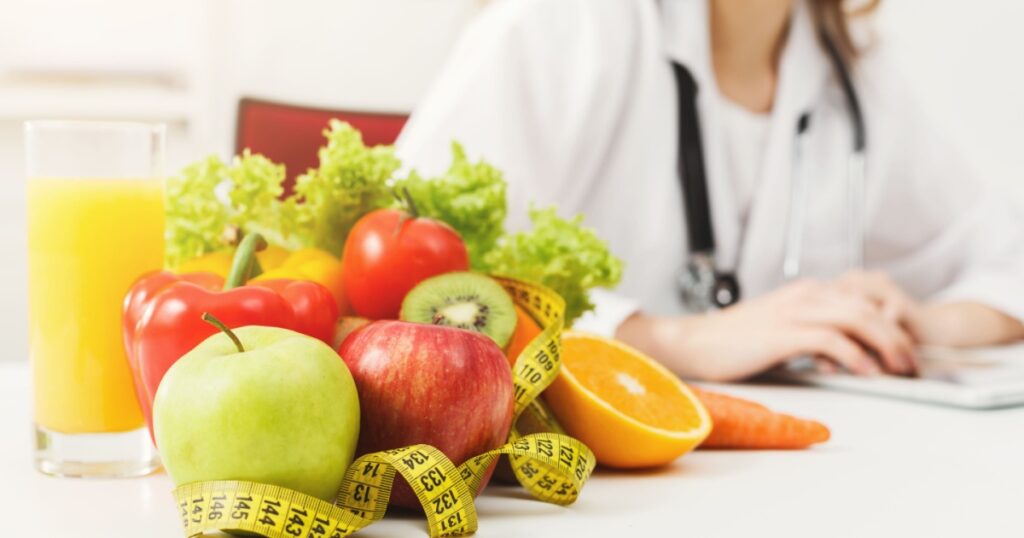
Recognizing the symptoms of diverticulitis, understanding its causes, and being aware of the available treatment options and potential remedies are vital in managing the condition and improving digestive health. With a combination of medical intervention, dietary adjustments, and supportive lifestyle practices, individuals can take proactive steps toward alleviating symptoms and maintaining a healthy and resilient digestive system. Seeking prompt medical attention, making necessary lifestyle changes, and incorporating supportive remedies can have a positive impact on the management of diverticulitis and overall well-being.
Read More: Lyme Disease is On The Rise: Signs, Symptoms, and Treatments
Sources
- “Diverticulitis Clinical Presentation.” Medscape. Elie M Ghoulam, MD, MS. August 6, 2019.
- “Diverticulitis.” Mayo Clinic
- “Diverticulitis Treatment & Management.” Medscape. Elie M Ghoulam, MD, MS. August 6, 2019.
- “Lifestyle Changes for Diverticular Disease.” NYU Longone Health
